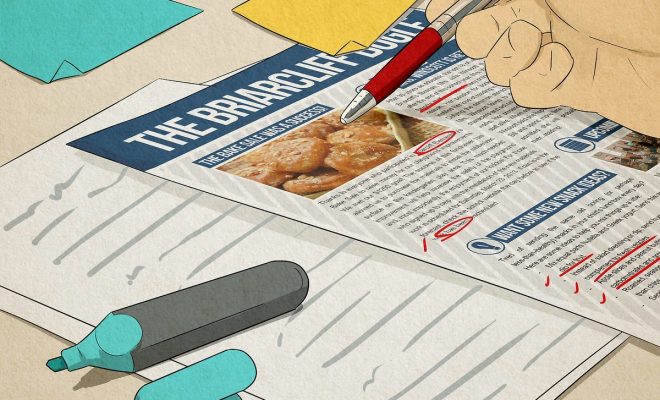11 Ways to Write a Good Newsletter

1. Establish a clear goal: Before you start writing your newsletter, determine what you want to achieve with it. Are you looking to inform, entertain, or engage your readers? Having a clear goal in mind will help guide your content and keep it focused.
2. Know your audience: Understanding your target readers propels writing a relevant newsletter. Research their interests, needs, and preferences, and tailor the content accordingly to keep them engaged.
3. Craft an attention-grabbing subject line: Enticing subject lines pique the reader’s curiosity and increase open rates. Keep it short, clever but concise.
4. Engage with an enticing introduction: Start with a strong opening that hooks the reader and makes them want to continue reading. Use questions, quotes, or interesting statistics to engage your audience right away.
5. Employ proper formatting: Use headings, subheadings, bullet points, and numbered lists for easy skimming and improved readability. Break long paragraphs into smaller chunks by using whitespace strategically.
6. Be consistent in tone and style: Consistency ensures that readers understand what to expect from your newsletters. Establish a tone or voice that reflects your brand/image and stick to it throughout.
7. Keep it simple and concise: Readers today have limited time and attention spans. Avoid overwhelming them with lengthy newsletters – focus on offering valuable content in an easy-to-digest format.
8. Incorporate visuals: Images or graphics can make your content more engaging, break up text-heavy sections, and help illustrate points more effectively.
9. Offer evergreen content: Evergreen content is informative and always relevant – not tied to time-sensitive events or news stories. It offers continuous benefits to your readers long after publication.
10. Include a call-to-action (CTA): Whether it’s inviting the reader to visit your website, follow you on social media, or respond by email – make sure each newsletter has a clear CTA directing readers to take action.
11. Proofread and edit: An error-free newsletter appears more professional and credible. Diligently proofread your content to eliminate any spelling, grammar, or formatting issues before sending it out.
In conclusion, creating an effective newsletter involves establishing a goal, understanding your audience, and delivering engaging content that is concise, easy to read, and visually appealing. By incorporating these 11 tips in your writing process, you’ll be well on your way to crafting a must-read newsletter.






